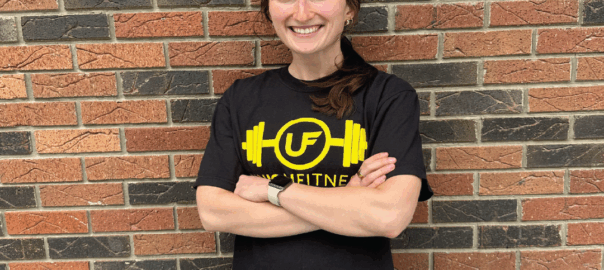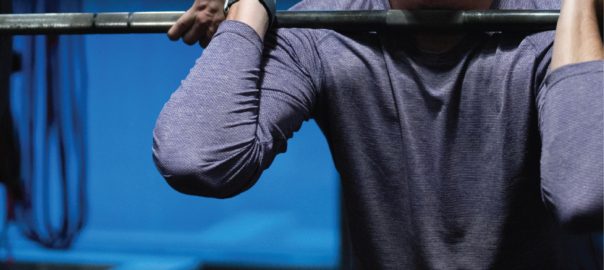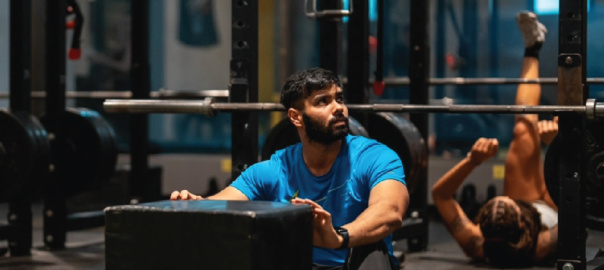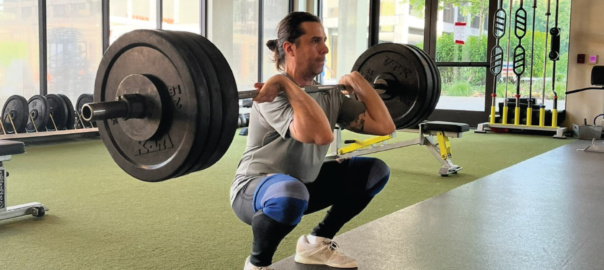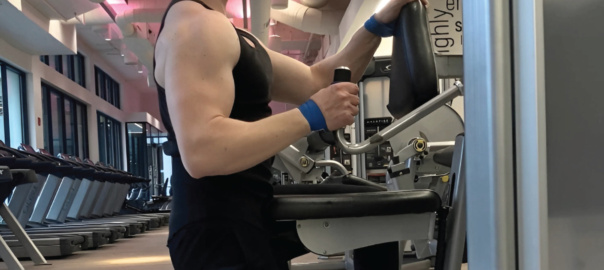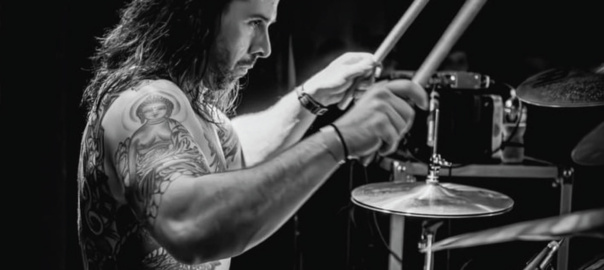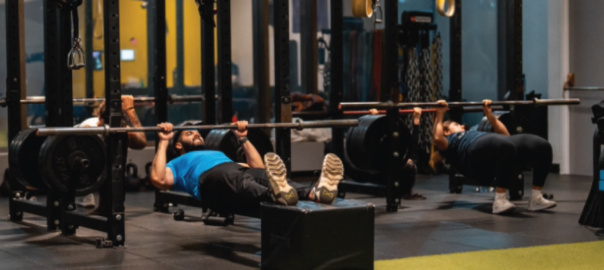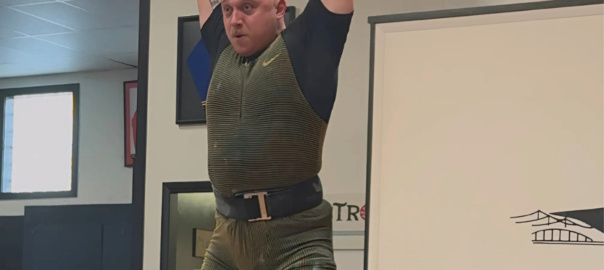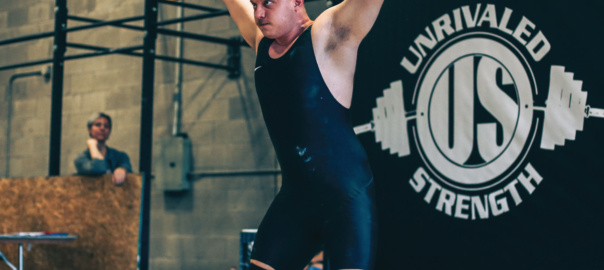When programming resistance training, it’s crucial to understand how skeletal muscle grows and how to use that knowledge to create a program that makes sense. For quite a long time, the main belief about muscle growth has been that it occurs through the creation of microtears in the muscle fibers, which are then repaired with adequate protein intake. As for programming, a widely accepted concept is that there are different rep ranges that will achieve certain results with resistance training. Common phrases include “lighter weights and higher reps for muscle growth, heavier weights and lower reps for strength.” While these schools of thought could make sense, current research suggests that there is a different driver of skeletal muscle hypertrophy called mechanical tension, which can help us understand different programming principles.
What Is Mechanical Tension?
To understand mechanical tension, we have to first define it and then understand the force-velocity relationship. Mechanical tension is defined as the type of force that tries to stretch a material. Muscles experience this during training because there is resistance against shortening. The force-velocity relationship states that the force a muscle can generate is inversely proportional to the velocity at which it can shorten. So what does the force-velocity relationship have to do with mechanical tension? As involuntary contraction velocity decreases during training, the force against stretching that the muscles have to produce increases in order to shorten. Because there is increased time contracting due to slower reps, there are more myosin-actin cross bridges formed . We can conclude that muscles experience more mechanical tension as they approach “failure” (I put failure in quotes because the muscles aren’t actually failing, but that’s a discussion for another time.) When mechanical tension is experienced in a muscle fiber, mechanosensors send a signal to the brain saying that the muscle fiber needs to grow. In short; involuntary slowing of contraction -> more cross-bridges -> more mechanical tension -> more hypertrophy.
Why Is The Microtear Theory Wrong?
The microtear theory is based around the thought that muscle damage causes hypertrophy. Think about muscle damage and mechanical tension in a car analogy. Lets say your car gets damaged and you have a dent in the side. You take the car to a body shop, they fix the dent, and it looks almost the same as it did before. That’s muscle damage. While protein synthesis is elevated when a muscle is damaged, that elevation only goes toward repairing the damaged myofibrils by replacing them. It does not go toward the growth of new myofibrils. Now let’s say you want to make your car look a little bit better. You wouldn’t damage your car to get new rims right? You would just go and buy new rims. That’s mechanical tension.
Using Mechanical Tension to Program
The reality of programming is that your muscles do not “know” the difference between arbitrary rep ranges and heavy weight vs light weight. They really only respond to intensities, proximity to “failure”, and reps in reserve (these are all pretty much synonymous). Reps in reserve (RIR) is a way to define intensity by the number of reps an individual could have performed before “failing”. RIR 1 means that 1 more rep could have been performed, RIR 2 means 2 more reps could have been performed and so on. Higher reps with lighter weight and lower reps with heavier weight actually produce similar levels of hypertrophy as long as the sets are taken close to “failure”. So a set of 12 reps at RIR 1 will produce a similar amount of hypertrophy to a set of 5 at RIR 1. A theory that I think gives great direction to programming rooted in mechanical tension is called the Stimulating Reps Model developed by Chris Beardsely. Backed by clinical trials, it states that the only reps significantly stimulating growth in a set are the 5 before “failure”. In other words, the only sets that produce growth are ones that are programmed at RIR 0-4. This makes sense because we know that involuntarily slow contractions cause high degrees of mechanical tension. But wouldn’t it make sense to program in a rep range and an intensity where almost all the reps are slow? Beardsley also touches on this. As I said before, higher rep and lower rep sets performed at the same RIR produced similar hypertrophy, but the lower rep sets actually had the slight edge in the research. Beardsely says this is possibly due to the fatigue accumulation associated with higher rep sets that could affect motor unit recruitment levels. Given all this information, I have a few guidelines and recommendations.
Recommendations
To maximize skeletal muscle hypertrophy, I recommend programming in a rep range where you feel comfortable but also one that doesn’t accumulate too much fatigue not caused by the agonist muscle. Personally, I prefer to program in the 5-8 rep range because I feel as if I don’t accumulate that much fatigue and essentially every rep is stimulating. I also recommend programming at RIR 0-2. There are benefits to all 3 of these RIRs. For RIR 0, there is no question that there were stimulating reps in the set, but the drawback is that excessively going to “failure” is associated with some muscle damage and metabolite buildup that may make it harder to recover for the next session. If you are someone that likes to go to RIR 0, I would adjust by programming less sets. RIR 1-2 are good because there is less damage and metabolite buildup associated with these intensities, but the drawback here is that gauging how many more reps could have been performed is sometimes challenging and can also take focus away from the set. Overall, you can’t go wrong with any of these intensities. To summarize, train in a rep range you like, train heavy, take your sets close to failure, and you will grow!
Thank you for reading, and train hard!
– Dan
